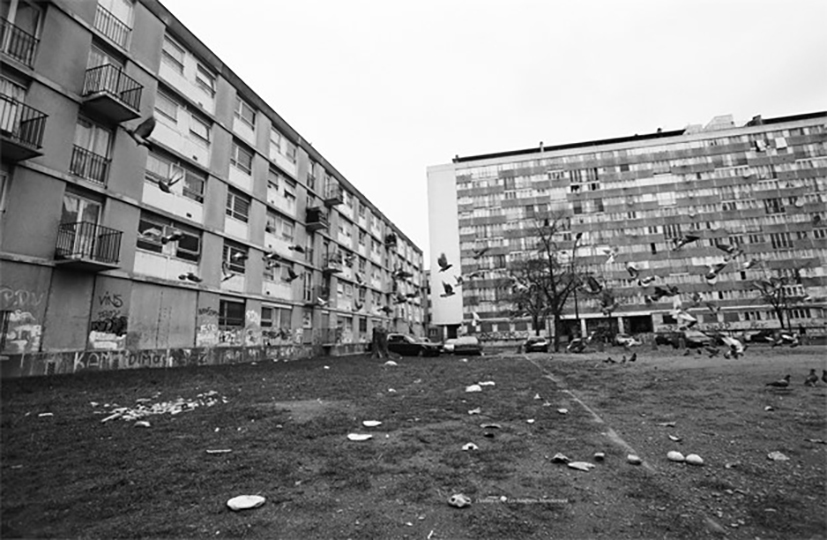
The Blue Funk in the Fish-Tank: A Study on the French Banlieue Riots
Abstract
The problems of French suburbs came to the fore in the early 1980s, particularly during what was known as “Hot Summer” of 1981. This study investigates the social polarization between the poor and the affluent caused spatial segregation in the banlieus of France. Situated about fifteen kilometers east of Paris in the area of Seine Saint-Denis, the housing projects, or habitation à loyer modéré (HLM) as they are known in France, of Clichy-sous-Bois and Montfermeil were constructed in the late 1960s and early 1970s mostly in peripheral areas. HLM were considered as an answer for the increasing housing needs after the Second World War, particularly for low-income families, although large numbers of middle-class families lived there in the early post-war period. And in their early years, they improved the living conditions of many families. Today the neighborhoods are mostly inhabited by multicultural minority groups, a mix of low-income, immigrant, North African, and Muslim groups. The multicultural banlieues are isolated and suffer poor infra-structure and poor transportation links to the urban center and neighboring towns. This study focuses on the causes of violence and crime and the relationship of power and powerlessness in an urban context. Gentrification enters in to the picture in the recent years for the banlieues’ cases as globalization has pushed renewal projects into city peripheries and old city centers across the world.
DOI: https://doi.org/10.20365/disegnarecon.28.2022.2
[1] Forgione, L., The agglomeration of Clichy-Montfermeil, a complex site of politique de la Ville Laura Forgione, Urbanistica, n. 132, (January-April 2007)
[2] Dikec, M., 2007, “The right to The City? Revolts and the Initiation of Urban Policy”, Badlands of the Republic: Space, Politics and Urban Policy, p:37-67, Blackwell Publishing
[3] Ireland, P., 1994, The Policy Challenge of Ethnic Diversity: Immigrant Politics in France and Switzerland, Cambridge: Harvard University Press
[4] Atkinson, R., Combating Social Exclusion in Europe: The New Urban Policy Challenge, Urban Studies, Vol. 37, No. 5–6, (2000), 1037–1055
[5] Friedmann is one of the first to have identified this process that is re-described through economy and culture, and in which states are henceforth a step behind and cities are establishing new connections among themselves across a network. In 1968 Friedmann grouped this process under the following headings: -During urban development processes, the integration of the city with the global settlement network depends on the role the city plays within this network. –There is a certain hierarchy in the network; at the topmost echelon are the command and control centers of global hubs, at the middle echelon are centers that hinge dependent settlements, at the lowermost echelon are the dependent centers. –The spatial and social organization of world cities depends on global control functions. –World cities are key sites for capital accumulation and concentration. –World cities are magnets for migration. –The major contradictions of industrial capitalism emerge as social and spatial polarization in world cities. –The social cost of world city growth can exceed the fiscal capacity the local government.
Friedmann J., 1986, “The World City Hypothesis”, Development and Change, 17, 69-83.
Keywords
Full Text:
PDFRefbacks
- There are currently no refbacks.
Copyright (c) 2022 Didem Yavuz Velipaşaoğlu
DISEGNARECON
ISSN 1828 5961
Registration at L'Aquila Law Court no 3/15 on 29th June, 2015.
Indexed in SCOPUS. Diamond Open Access. All papers are subjected to double blind peer review process by qualified reviewers.
Journal founded by Roberto Mingucci
